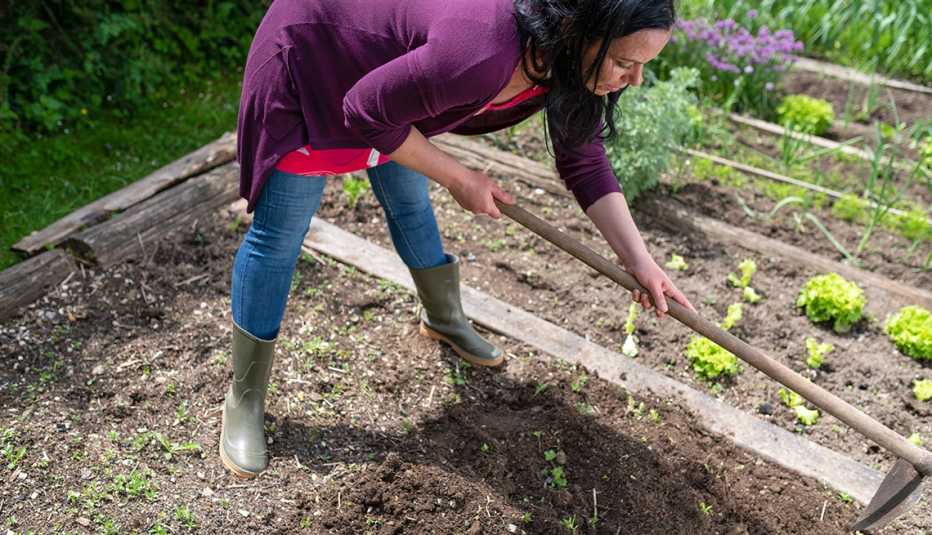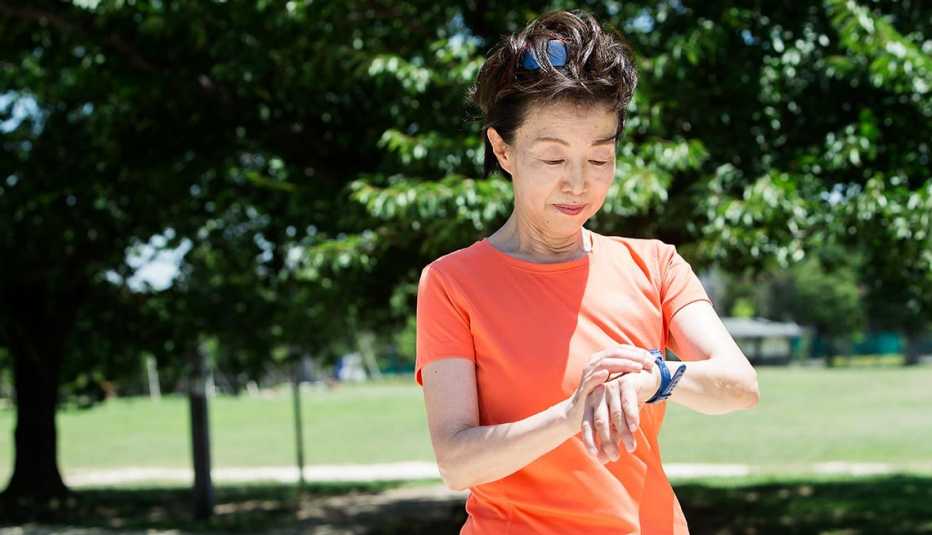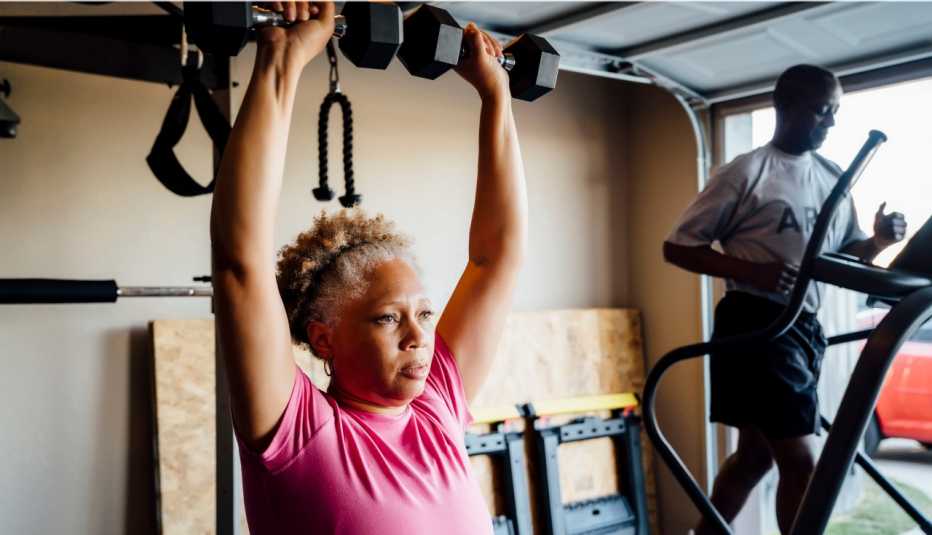AARP Hearing Center
While staying safe at a gym took on a whole new meaning during the pandemic, if you're thinking about getting back to a fitness regimen this summer, you'll be wise to consider the more pedestrian dangers involving treadmills and bench presses — especially if you're over 50.
Exercise-related visits to the ER topped 107,000 for those 50 and older in 2020, according to the Consumer Product Safety Commission — and that figure is slightly lower than usual due to fewer people exercising during the pandemic. And speaking of treadmills: Around 20,000 people in the U.S. are treated in emergency rooms for injuries from this piece of equipment alone each year.
"Doing exercises the wrong way can be worse than doing nothing at all,” says Jeremy James, a chiropractor and creator of an at-home fitness program designed for older adults or those with preexisting injuries.
The good news? It's not difficult to stay safe and reap the plentiful health benefits of exercise (which include helping you avoid injuries from falls after 50 by building up leg muscles and improving your balance). You just have to keep your focus and follow a few key tips. Here's your first one: Wear that red safety clip when you're on the treadmill to stop the belt if you start to slip or stumble.
Here are other smart ways to avoid common mistakes that can lead to injuries.
1. Ease into it
It's good to be fired up about working out, but don't let that motivation push you too far, too fast. “Often, people jump right into workouts that are not meant for beginners, and they haven't developed the musculature, particularly core strength,” to do it with proper form, James says. This is especially risky with strength training, where getting sloppy with proper form to squeeze out a certain number of reps can result in injuries such as rotator cuff tears and lower back strain.
James’ advice: “Only use the amount of resistance or weight and number of reps that you can do with perfect form. The last two to three reps should be challenging, but not so challenging you have to break form.”




































































